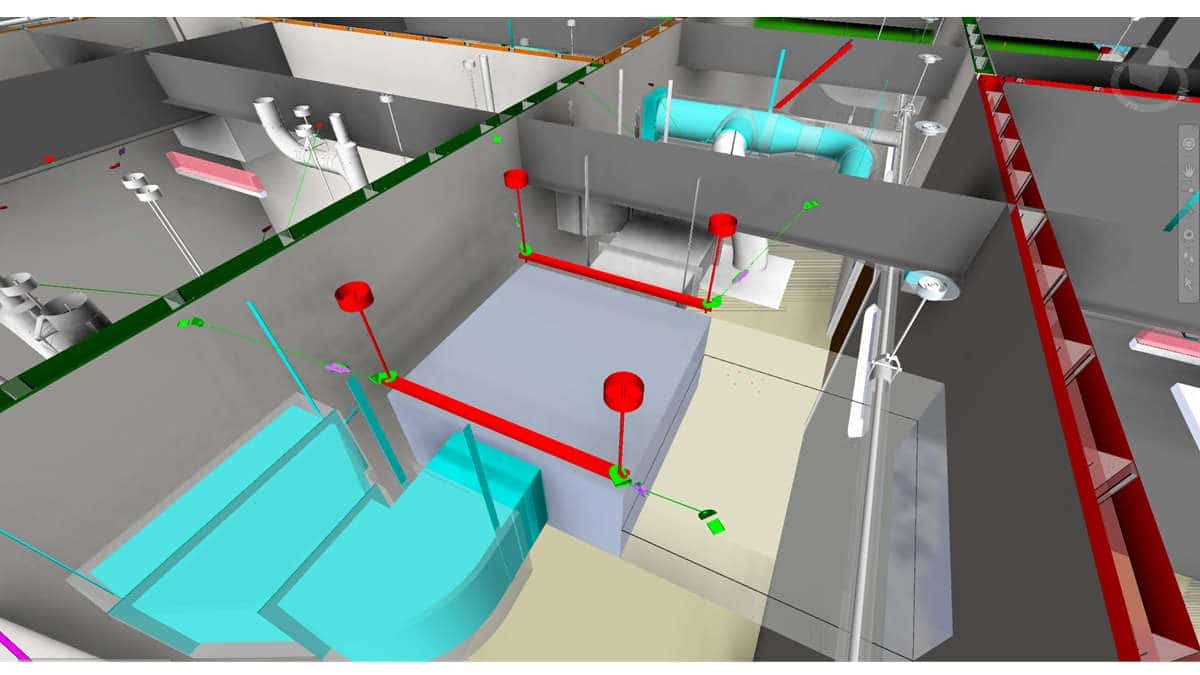Construction Employment Increases from March 2024 to March 2025

Construction employment increased in 31 states and the District of Columbia in March from a year earlier, while 29 states added construction jobs between February and March, according to a new analysis of federal employment data released by the Associated General Contractors of America April 18. Association officials urged policy makers to expand worker authorization programs to ensure that the nation has sufficient skilled construction workers.
“Construction job gains have continued in a majority of states but the increases are less widespread and robust than in 2024,” said Ken Simonson, the association’s chief economist. “As workers retire, leave the industry, or leave the country, it becomes more urgent to allow contractors to be able to recruit from abroad as well as domestically.”
Between March 2024 and March 2025, 31 states and D.C. added construction jobs, while 19 states shed jobs. Texas added the most construction employees (28,700 jobs or 3.4 percent), followed by Ohio (16,600 jobs, 6.7 percent), Florida (11,400 jobs, 1.8 percent), Virginia (8,700 jobs, 4.0 percent), and South Carolina (7,800 jobs, 6.7 percent). New Mexico had the largest percentage gain over 12 months (12.0 percent, 6,400 jobs), followed by Idaho (10.4 percent, 7,300 jobs), Kentucky (8.0 percent, 7,500 jobs), Ohio, and South Carolina.
California lost the most construction jobs from March 2024 to March 2025 (-23,400 jobs, -2.6 percent), followed by Washington (-11,900 jobs, -5.3 percent), New York (-9,700 jobs, -2.5 percent), Massachusetts (-7,100 jobs, -4.1 percent), and Arizona (-6,5000 jobs, -2.8 percent). The largest percentage loss was in Washington, followed by Iowa (-4.8 percent, -4,200 jobs), Massachusetts, Montana (-4.0 percent, -1,500 jobs), and Arizona.
For the month, industry employment increased in 30 states, declined in 17 states and D.C., and was unchanged in Idaho, Kansas, and New Mexico. Texas added the most construction jobs (8,500 jobs or 1.0 percent), followed by Virginia (7,200 jobs, 3.3 percent), Kentucky (3,500 jobs, 3.6 percent), Ohio (2,400 jobs, 0.9 percent), and Alabama (2,100 jobs, 1.9 percent). The largest percentage gain occurred in Kentucky, followed by Montana (3.4 percent, 1,200 jobs), Virginia, Alabama, and Rhode Island (1.8 percent, 400 jobs).
California lost the most construction jobs from February to March (-3,700 jobs or -0.4 percent), followed by Massachusetts (-2,200 jobs, -1.3 percent), Mississippi (-1,800 jobs, -3.4 percent), Florida (-1,400 jobs, -0.2 percent, and New Jersey (-1,200 jobs, -0.7 percent). Mississippi lost the highest percentage of jobs for the month, followed by Maine (-1.7 percent, -600 jobs), North Dakota (-1.3 percent, -400 jobs), Massachusetts (-1.3 percent, -2,200 jobs), and Delaware (-1.2 percent, -300 jobs).
Association officials urged the Trump administration to expand worker authorization programs so that construction employers can find the workers they need for building manufacturing, energy, and infrastructure projects.
“The administration can’t meet its goal of bringing back manufacturing jobs unless there are enough construction workers with the right skills to build new plants,” said Jeffrey Shoaf, the association’s chief executive officer. “The only way that can happen is with worker authorization programs that allow for construction workers to be hired on a timely basis.”




